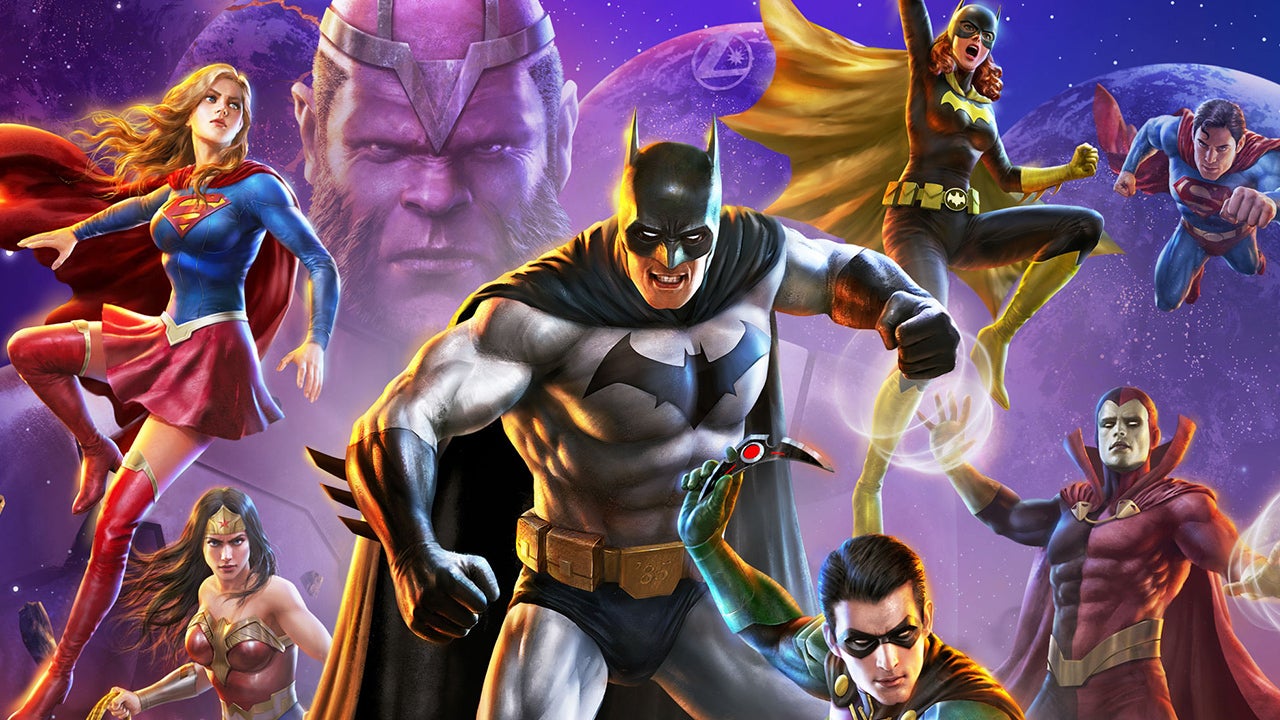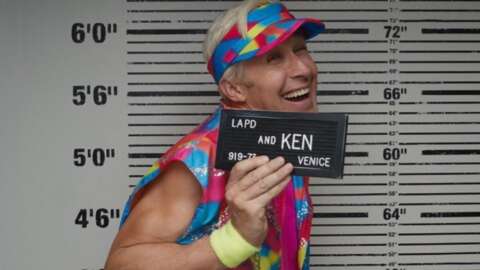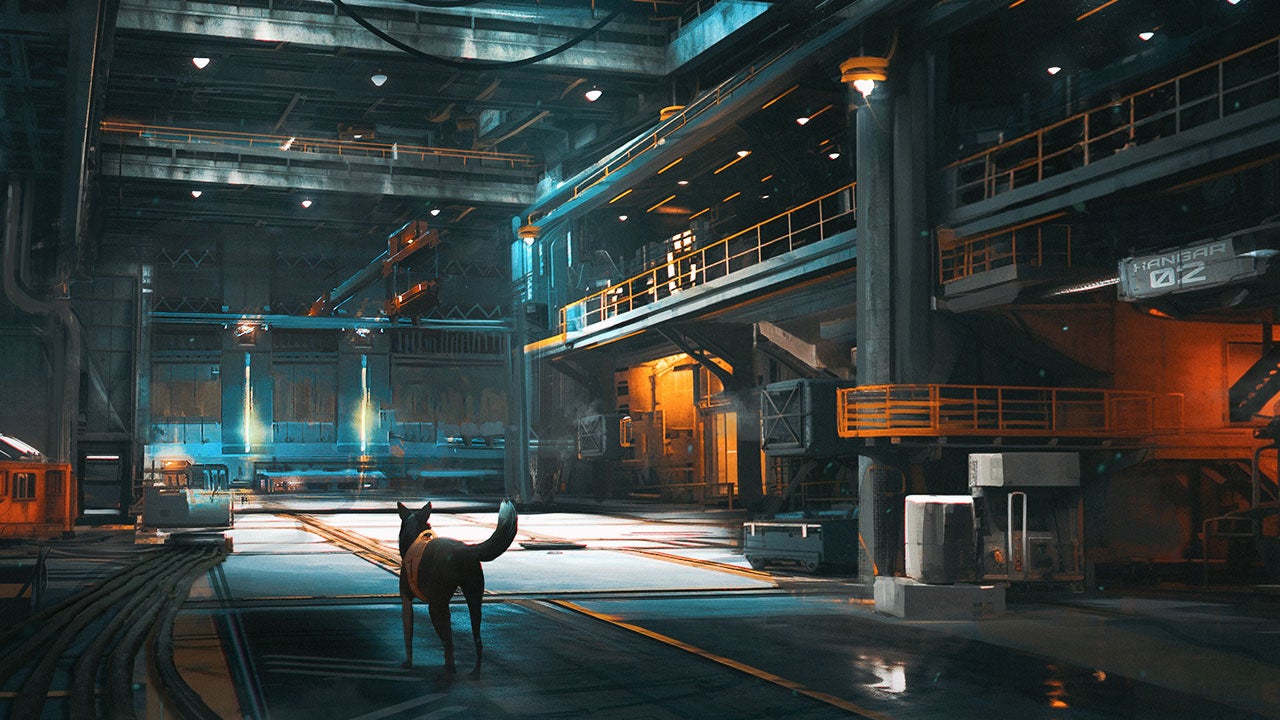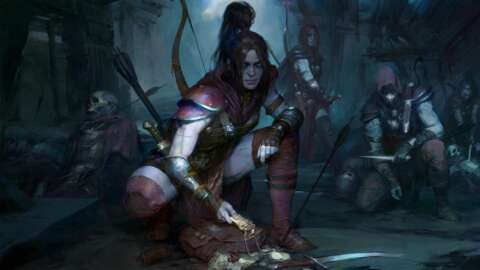Justice League: Crisis on Infinite Earths - Part Two. The film will be released on digital, 4K UHD, and Blu-ray Tuesday, April 23.
If any DC Comics storyline merits a three-part, animated adaptation, it’s Crisis on Infinite Earths. The continuity-correcting crossover is a sprawling epic jam-packed with characters from many worlds. There’s a lot of material to work through, and a great many moving parts to juggle, so a trilogy avoids the compression and pacing problems that so often plague DC’s direct-to-video animated movies. But though Crisis on Infinite Earths - Part Two has ample room in which to work, it never actually creates the sense that these events matter. It’s a Crisis without any feeling.
Or history, for that matter. This Crisis adaptation caps off the most recent offshoot of the DC Universe Animated Original Movies brand – the so-called Tomorrowverse – whose previous entries had taken a slow-burn approach, focusing on younger, inexperienced versions of its well-known heroes. But 2020’s Superman: Man of Tomorrow, 2021’s Batman: The Long Halloween two-parter, and their follow-ups are shaky foundations for a Crisis. The lack of established lore and a wide cast of heroes was sorely felt in Crisis Part One, and little has changed in Part Two.
Even as it depicts a ragtag group of heroes fighting a losing battle to stave off the end of existence, the film struggles to create a sense of stakes. It doesn’t help that so much of Part Two is built around sequences of heroes defending anti-antimatter wave towers from rampaging supervillains or endless hordes of Shadow Demons. These scenes quickly grow tedious, making Part Two very much the bland connective tissue linking Crisis on Infinite Earths’ opening and closing acts.
It would help if the action scenes were more exciting in the animation and choreography departments. Instead, these battles are stiff and lifeless. I actually like the overall look and style of the Tomorrowverse, with its thick black lines and vivid, comic book-y colors, and the way all of these films share a unified aesthetic. But in motion, Crisis Part Two is stiff, flat, and unengaging.
For all its faults, Part One at least made the wise choice to anchor its story in the specific character of Barry Allen. While that resulted in a movie with too many nonlinear time jumps, it still had Barry’s emotional journey as a throughline. It belatedly established a sense of legacy for Barry as it explored the key moments of his relationship with Iris and their ultimate, shared sacrifice.
Part Two, by comparison, has no single focal point. This sequel can’t ever seem to decide which hero should be its main protagonist. Is it Jensen Ackles’ Batman, a loner exposed to worlds where he let others join his crusade? Is it Darren Criss’ Superman, still finding his place as the world’s greatest protector? Is it Meg Donnelly’s Supergirl, a refugee from a dead world given a second chance at life by the Monitor? Any of them could’ve been an effective protagonist. But because Part Two listlessly jumps from one subplot to the next without ever giving any one storyline the attention it deserves, no hero is able to shine the way Flash did in Part One.
The lead characters aren’t the only ones getting short shrift from Crisis Part Two – the film is bizarrely uninterested in drawing on the deep bench of heroes and villains at its disposal. There are exactly two cameos of note, and one of the characters has so few lines it’s a wonder the producers even bothered in the first place. Connecting the disparate corners of the DC multiverse is part of the joy in past tellings of Crisis on Infinite Earths – be it Marv Wolfman and George Pérez’s original comic, or the five-episode crossover event on The CW’s live-action Arrowverse shows. But that joy seems to have completely escaped director Jeff Wamester and writer Jim Krieg.
To be clear, cramming in cameos for the sake of having cameos is usually a fool’s errand, but in the case of Crisis, seeing familiar faces join the fight really does add something to the bigger picture. (Some of the most affecting scenes of The CW’s Crisis involve Brandon Routh reprising the role of Superman and the late Kevin Conroy finally playing Bruce Wayne in the flesh.) For a film that so consistently struggles to give us a reason to care, Justice League: Crisis on Infinite Earths - Part Two could’ve only benefited by including more iconic animated heroes in the conflict. We can only hope that Part Three’s reunion of Conroy’s Batman and Mark Hamill’s Joker is a sign of better things to come for this trilogy.







